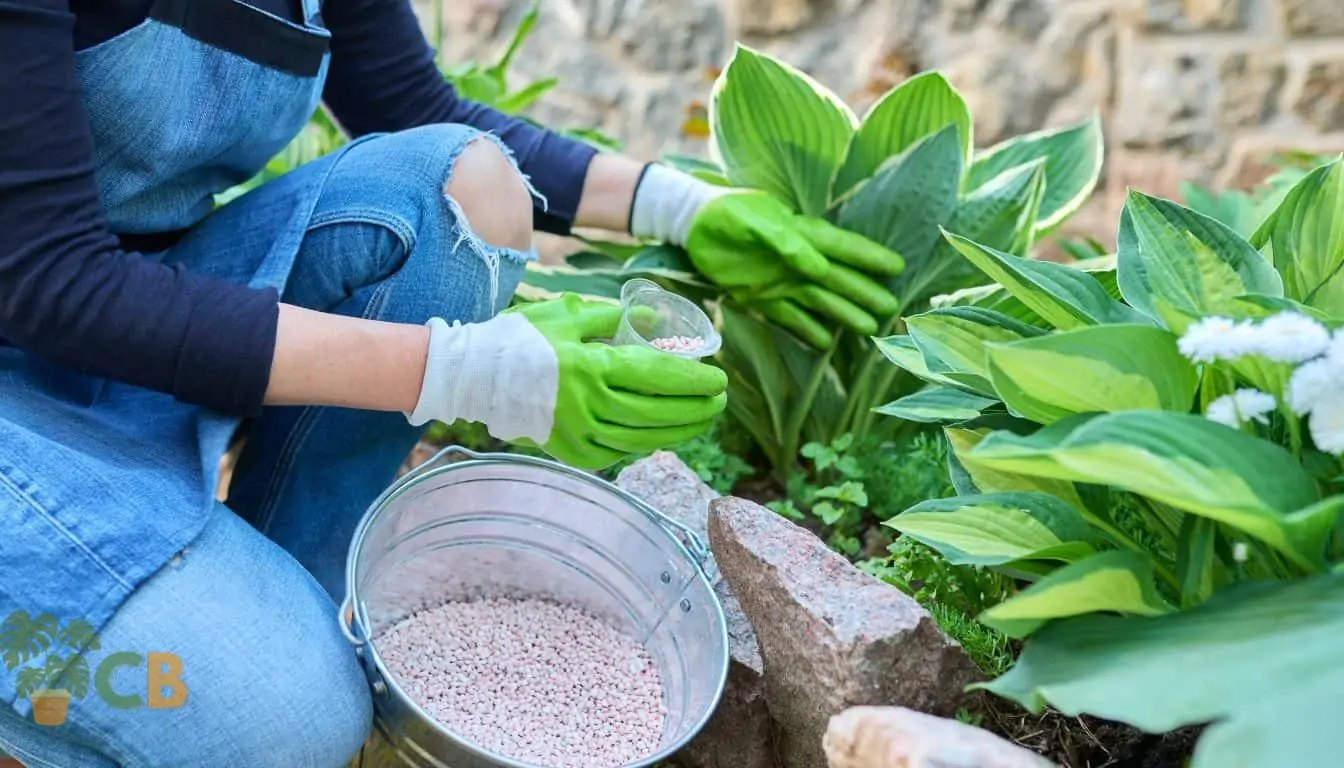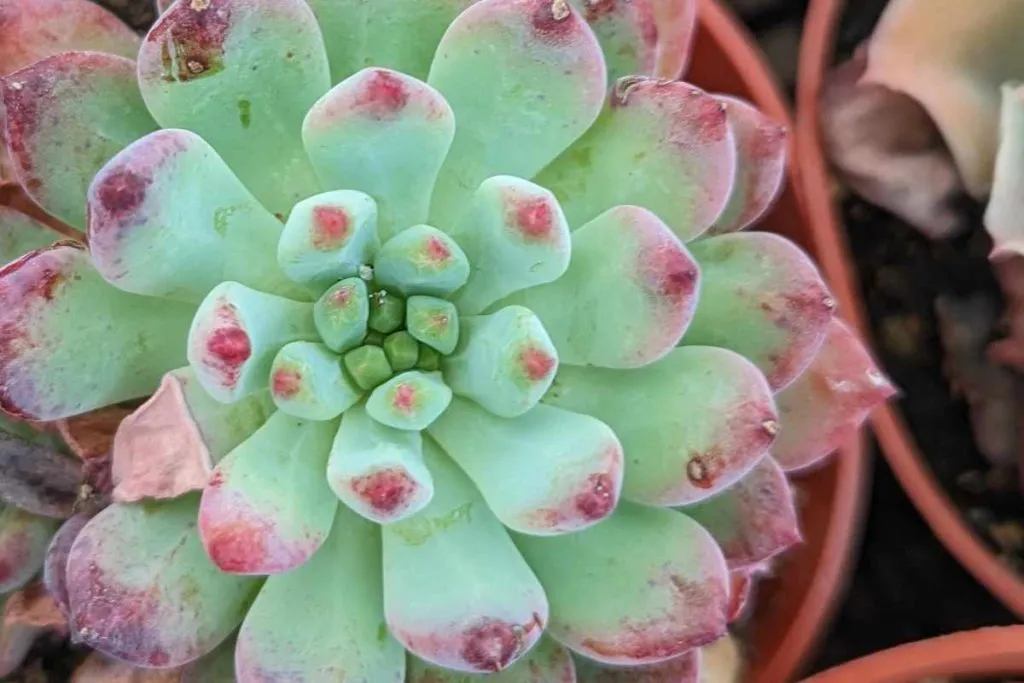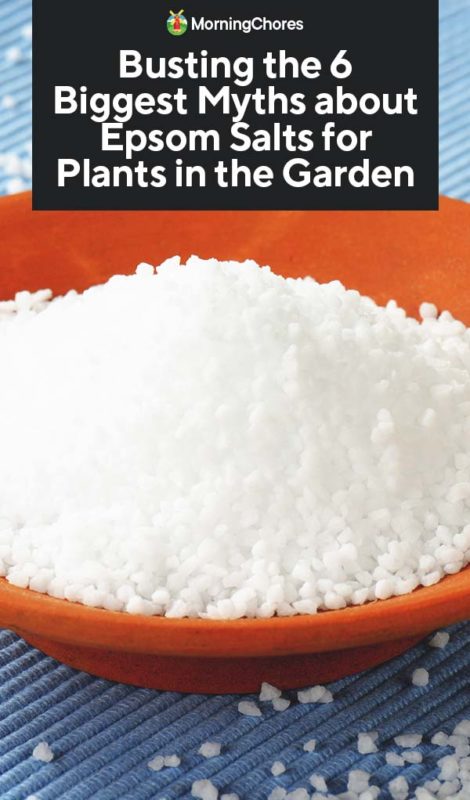What Plants Don't Like Epsom Salt? A Comprehensive Guide
What Plants Don't Like Epsom Salt? A Comprehensive Guide
Blog Article
Learn Regarding the Certain Plants That Are Detrimentally Affected by Epsom Salt Application
Epsom salt, a preferred household solution for numerous gardening troubles, is frequently applauded for its helpful results on plant development. However, not all plants react favorably to its application. Understanding the certain plants that can be detrimentally affected by Epsom salt is critical for any kind of garden enthusiast looking to optimize their plant treatment regimen. Roses, tomatoes, peppers, azaleas, and rhododendrons are simply a couple of instances of plants that may not react well to Epsom salt. The factors behind these adverse effects and how to minimize them are important knowledge for maintaining a prospering yard.
Roses

Roses, particularly delicate to changes in their setting, can be adversely impacted by the application of Epsom salt. While Epsom salt is generally used as a fertilizer to promote plant growth and boost flowering, roses are just one of the plants that do not react well to its application. The high magnesium content in Epsom salt can conflict with the uptake of other crucial nutrients by the rose plants, leading to deficiencies that materialize as yellowing fallen leaves or stunted growth.

Tomatoes
Tomatoes, recognized for their flexibility in culinary applications, can show negative effects when revealed to Epsom salt as a result of their particular nutrient needs. While Epsom salt is typically touted as a treatment for various plant concerns, consisting of blossom end rot in tomatoes, its application can result in harmful results if not utilized sensibly. Tomatoes are heavy feeders that need a balanced consumption of nutrients, specifically calcium, to thrive. Extreme Epsom salt, which is magnesium sulfate, can disrupt the delicate nutrient equilibrium required by tomatoes, possibly resulting in shortages in various other important nutrients like calcium. This imbalance might manifest in signs such as stunted development, yellowing leaves, or perhaps minimized fruit production in tomatoes. For that reason, when considering making use of Epsom salt on tomatoes, it is essential to follow recommended application rates and soil screening to stop unexpected effects on the total health and productivity of these beloved yard plants.
Peppers
Peppers, prized for their different shades and levels of spiciness, can show vulnerability to adverse effects from Epsom salt when not used with treatment and consideration for their specific dietary needs. what plants don't like epsom salt. Peppers, belonging to the Solanaceae family members, require a fragile balance of nutrients to grow. While Epsom salt is known to enhance magnesium levels in plants, excessive application can interrupt this equilibrium, causing adverse impacts on pepper plants
When peppers are subjected to high degrees of magnesium from Epsom salt, it see post can hinder the plant's capability to soak up other necessary nutrients like calcium and potassium. This imbalance may materialize in signs and symptoms such as leaf staining, stunted growth, and lowered fruit production. In addition, the excessive magnesium can change the soil pH, further aggravating nutrient uptake issues for peppers.

Rhododendrons
Given the sensitivity of specific plant species to imbalances triggered by Epsom salt, it is necessary to take into consideration the effect on Rhododendrons, which additionally require specific nutrient degrees to thrive. Rhododendrons are acid-loving plants that prefer acidic dirt conditions with a pH array in between 4.5 and 6.0. Epsom salt, chemically called magnesium sulfate, can change the soil pH and interrupt the delicate balance of nutrients crucial for Rhododendron health.

To maintain here the optimal growth and health of Rhododendrons, it is crucial to stay clear of the indiscriminate use of Epsom salt and instead concentrate on offering the details acidic dirt problems and nutrients that these plants require for thriving.
Azaleas
These prominent blooming plants are typically found in landscapes, gardens, and parks due to their appeal and versatility. While Epsom salt is commonly utilized as a solution for magnesium deficiency in plants, its application to azaleas can have negative results.
Azaleas prefer slightly acidic soil conditions, and an excess of magnesium from Epsom salt can interrupt this balance, leading to nutrient discrepancies and prospective toxicity issues. The inaccurate application of Epsom salt can result in stunted development, yellowing of fallen leaves, and general decline in the health of azaleas.
Conclusion
In verdict, it is essential to be knowledgeable about the specific plants that can be negatively influenced by the application of Epsom salt. Roses, tomatoes, peppers, azaleas, and rhododendrons are some examples of plants that may not gain from Epsom salt and might also suffer damage. It is crucial to research study and recognize the demands of each plant types prior to using Epsom salt as a fertilizer to guarantee their wellness and well-being.
Understanding the details plants that can be negatively influenced by Epsom salt is essential for any type of garden enthusiast looking to maximize their plant care routine. While Epsom salt is commonly made use of as a plant food to promote plant growth and enhance flowering, roses are one of the plants that do not respond well to its application.Too much use of Epsom salt can likewise result in an accumulation of salts in the dirt, you can look here leading to root damage and dehydration of the rose plants. While Epsom salt is understood to improve magnesium levels in plants, extreme application can disrupt this balance, leading to negative results on pepper plants.
The high salt web content in Epsom salt can likewise dry out Rhododendron roots, causing further tension and damage to the plant. (what plants don't like epsom salt)
Report this page